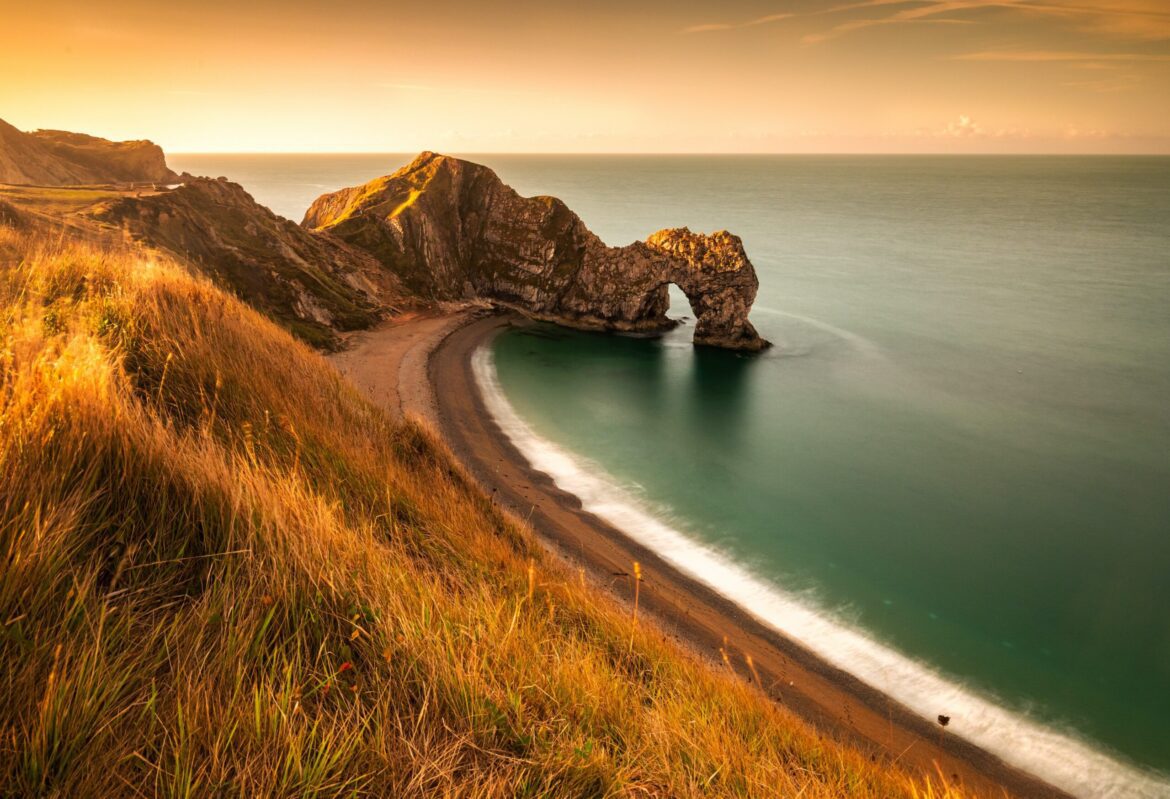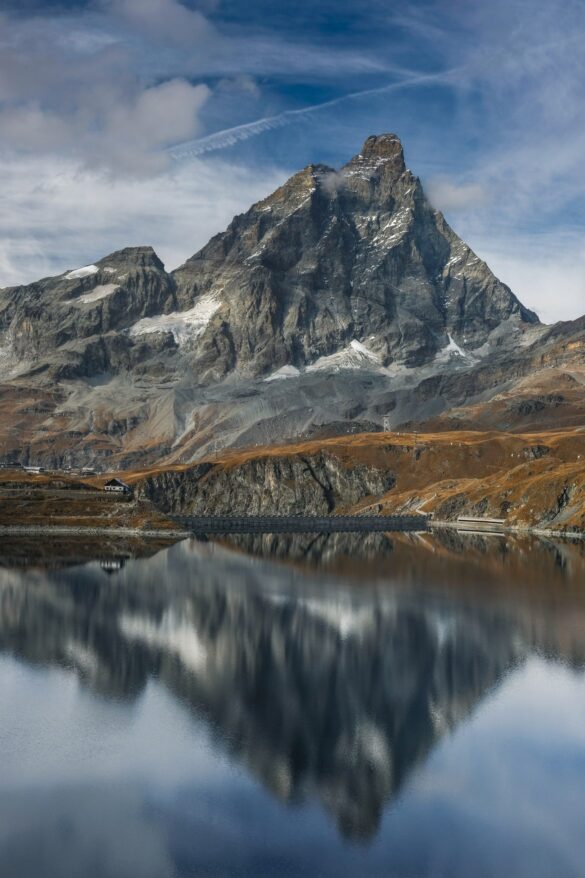Essential Visual Factors To Make Your Landscape Photography Stand Out
Photography is an art form, and no matter what type of photography you’re doing, there are certain visual factors that will determine how well your work stands out. These elements make up the composition of the photograph and help capture its beauty. When it comes to landscape photography, these visual elements play an even more important role. It’s essential to understand them so that you can create stunning photos that stand out from the crowd. In this blog post, we’ll discuss some essential visual factors to make your landscape photography stand out from the rest.
The Rule of Thirds
The Rule of Thirds is one of the most essential visual factors to make your landscape photography stand out. This rule is a guideline which suggests that an image should be divided into nine equal parts by two equally-spaced horizontal lines and two equally-spaced vertical lines. The four intersections formed by these lines are considered to be important compositional elements in a photograph.
The main subject or point of interest in an image should be placed at one of these intersections, rather than in the center of the frame. Placing the subject off-center will often create a more visually appealing and balanced composition.
In addition to the Rule of Thirds, other visual factors such as leading lines, symmetry, and color can also help to make your landscape photography stand out. By taking into account all of these compositional elements, you can create stunning and eye-catching images that will wow your viewers!
Leading Lines
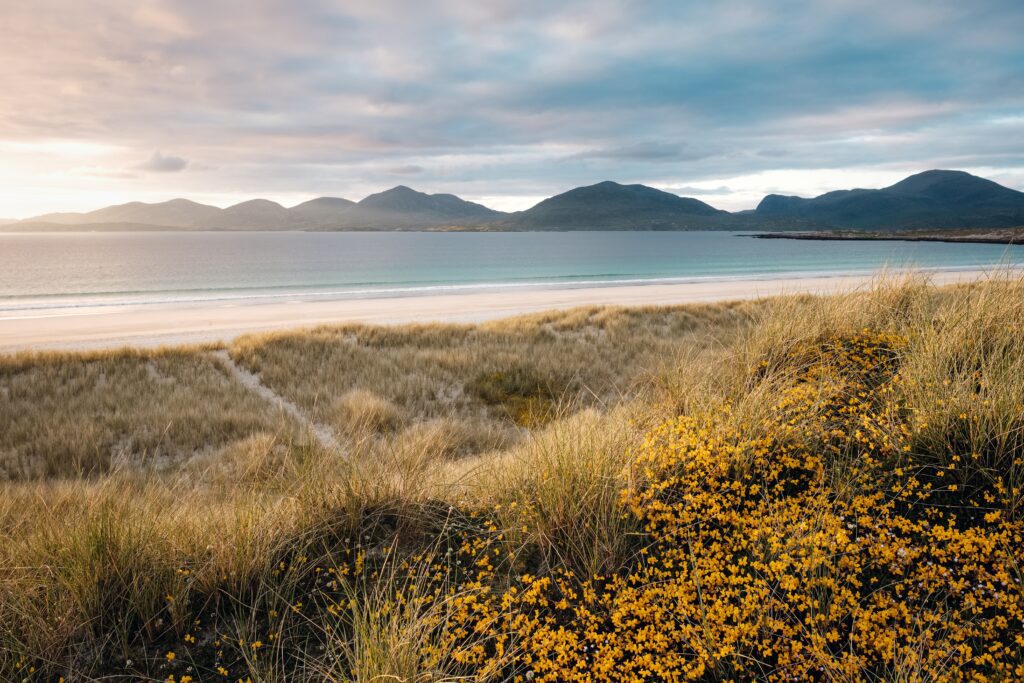
In landscape photography, leading lines are one of the most important visual elements to create a strong composition. By leading the eye through the scene, they can help to convey a sense of depth and scale, as well as add a sense of movement.
There are many different types of leading lines that can be used in landscape photography, from roads and paths to rivers and mountains. The key is to find lines that work well with the other elements in your composition to create a balanced and eye-catching image.
When using leading lines in your landscape photography, keep the following tips in mind:
– Use strong contrasting colors to make your lines stand out.
– Look for interesting patterns and shapes that will add visual interest to your image.
– Use a wide angle lens to exaggerate the leading lines and make them more pronounced.
– Pay attention to the direction of your lines and use them to lead the eye through the scene.
Contrast and Saturation
When it comes to landscape photography, contrast and saturation are two essential visual factors that can make or break your image.
Contrast is the difference in light intensity between the darkest and lightest areas of your image. A high-contrast image will have a very dark area alongside a very bright area, while a low-contrast image will have more even lighting throughout.
Saturation is the level of color intensity in your image. A highly saturated image will have very vibrant colors, while a low-saturated image will appear more muted.
So how do you use contrast and saturation to make your landscape photos stand out? Here are a few tips:
1. Use high contrast to create drama. A high-contrast image with deep blacks and bright whites can create a feeling of drama and suspense. This is often used in cinematography and can be effective in landscape photos as well.
2 Use low contrast for a more peaceful feel. If you want to create a sense of tranquility in your landscape photos, go for a low-contrast look with more even lighting throughout.
3 Boost saturation for vibrant colors. Vibrant colors can really make a landscape photo pop. If you want your colors to really stand out, boost the saturation levels in post-processing. Just be careful not to overdo it – too much saturation can make an image look garish and unnatural.
4 Play with black & white conversions.
Depth of Field
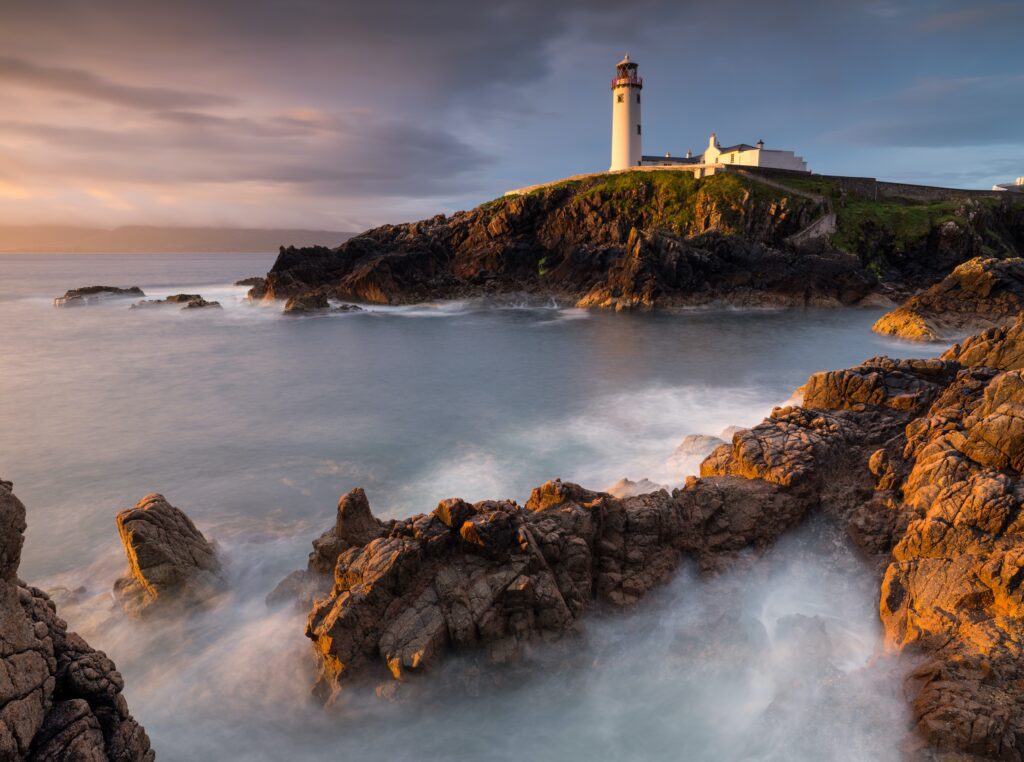
Depth of field is one of the most important factors in landscape photography. It determines how much of the scene is in focus and can make or break a photograph. A shallow depth of field will make the background blurry, while a deep depth of field will keep everything in focus.
There are a few things to consider when choosing the depth of field for your landscape photography. The first is the aperture. A wider aperture (lower f-stop number) will result in a shallow depth of field, while a narrower aperture (higher f-stop number) will result in a deep depth of field.
The second thing to consider is the distance from the camera to the subject. The closer the subject is to the camera, the shallower the depth of field will be. The further away the subject is, the deeper the depth of field will be.
Finally, consider what you want to focus on in the photograph. If you want to focus on a specific element in the foreground, you’ll need to use a shallow depth of field so that it stands out from the rest of the scene. If you want to keep everything in focus, use a deep depth of field.
Depth of field is an important factor in landscape photography and can make or break a photograph. Choose your depth of field wisely based on aperture, distance from camera to subject, and what you want to focus on in order to create stunning landscape photographs.
Framing

When it comes to landscape photography, one of the most important factors is framing. This means that you need to be aware of the elements in your scene that will make up the final image.
The first step is to find a good vantage point. This will give you the best possible view of the scene and allow you to compose your shot. Once you have found a good spot, take a look around and see what elements you can use to frame your shot.
Trees, bushes, and rocks are all great options for framing. You can also use them to add depth to your shot. If you want to make your landscape photography really stand out, try using a wide-angle lens. This will allow you to get more of the scene in your frame and really show off the beauty of nature.
Cropping
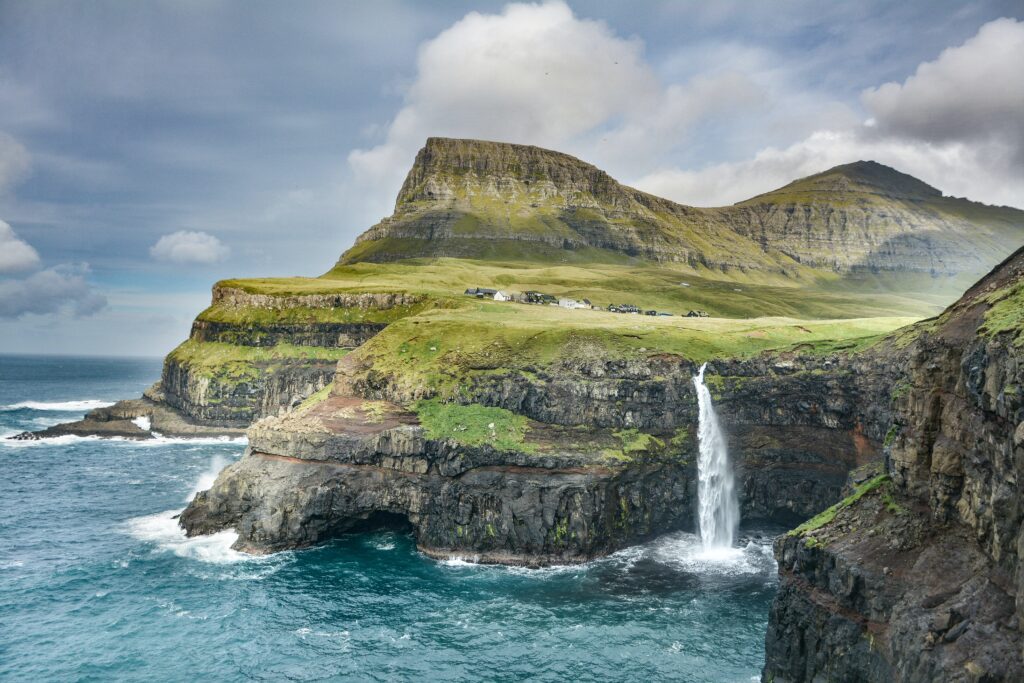
In order to make your landscape photography stand out, it is important to take into account the cropping of your photos. When framing your shots, be sure to leave some negative space in the composition so that the focus is on the subject matter. In addition, try to avoid including any extraneous elements in the frame that might distract from the overall image. If you are unsure about how to crop your photos, there are many online tutorials and resources available that can help you achieve the perfect shot.
Last Shutter Thoughts
I will leave you shutterbugs with this quote.
“Landscape photography is the supreme test of the photographer – and often the supreme disappointment”
– Ansel Adams
Please leave your comments below and I will happily reply to them.
Like always shutterbugs stay curious and salty.

